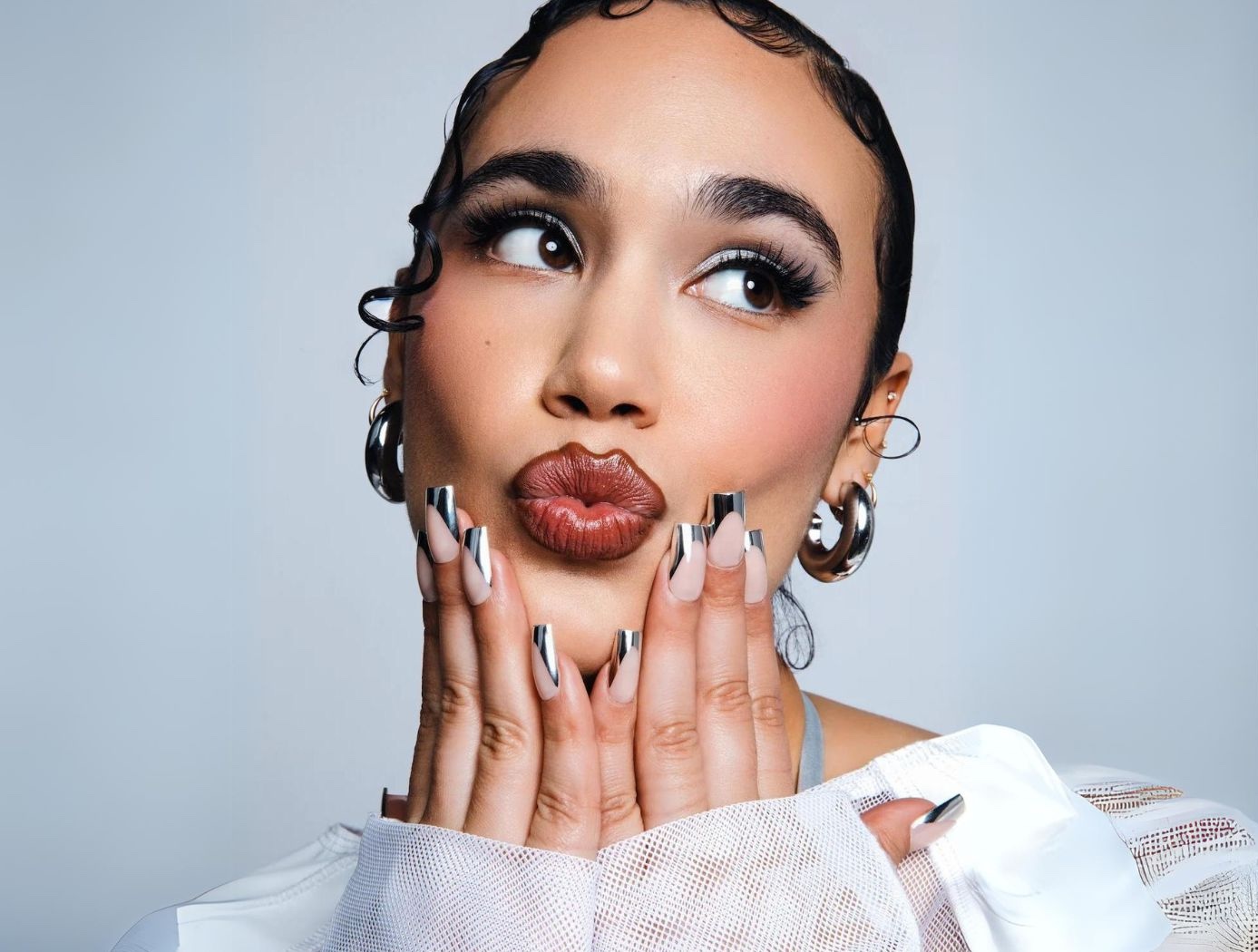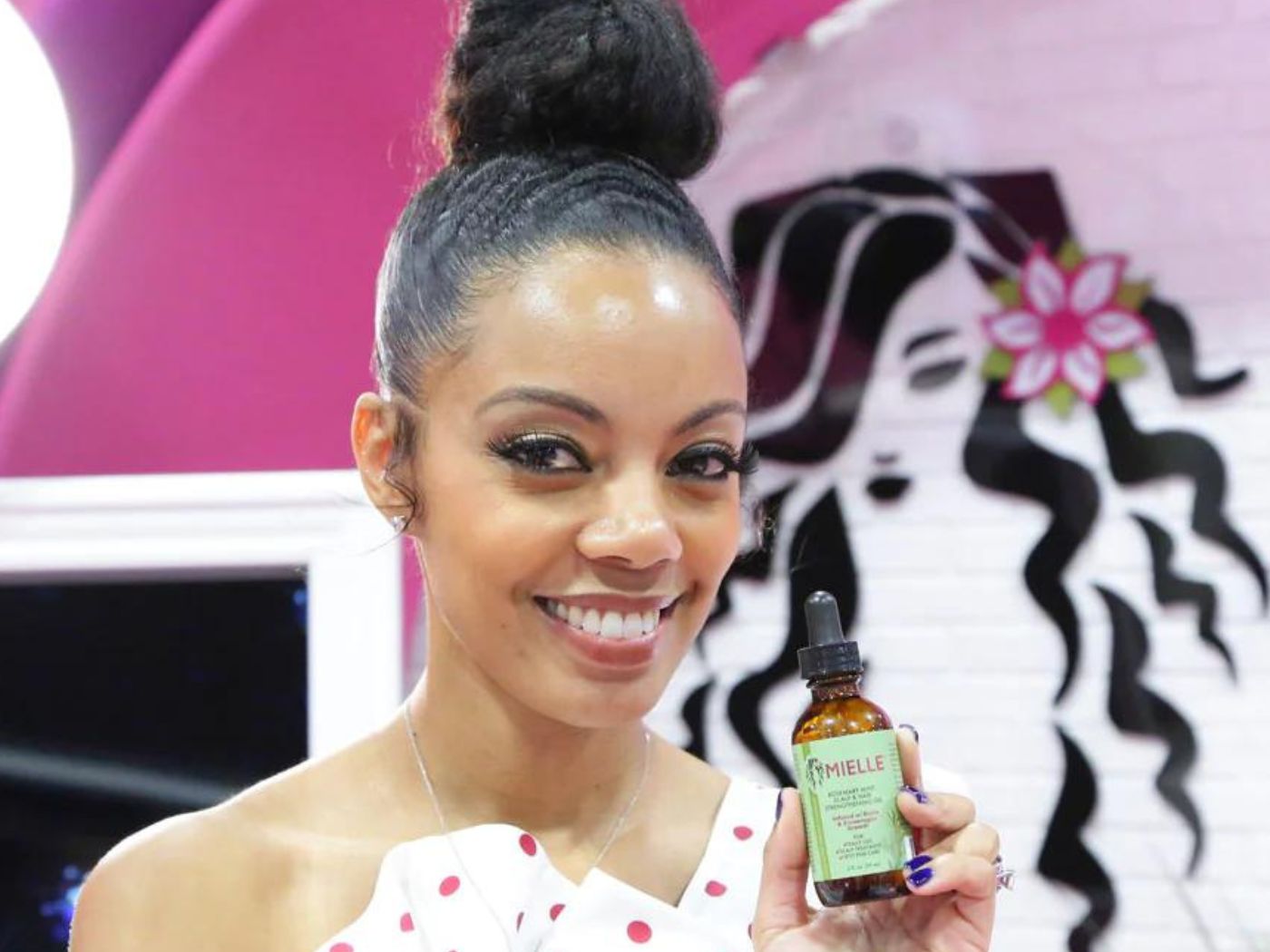Hairstory recently hosted a virtual, multi-brand sustainability conference ahead of Earth Day which is April 23. The summit brought together industry experts and guests to discuss the state of sustainability in beauty. Here, some key takeaways from the summit, which covered issues across clean formulas, greenwashing, sustainable packaging, conscious consumerism and more. The summit’s speakers included Eli Halliwell, CEO of Hairstory; Gregg Renfrew, Founder & CEO of Beautycounter; Joe Cloyes, CEO of Youth to the People; Rose-Marie Swift, Founder of RMS Beauty; Tom Szaky, Founder & CEO of Terracycle and Stephanie Hon, Founder & CEO of Cadence. Here, some of the top insights from the event.

Shades of Gray: It’s all about shades of gray and very few black and white…There’s a temptation to make things black and white…Sustainability is a journey, it’s not a destination. – Eli Halliwell
No Compromise When It Comes to Efficacy vs. Safety: Legislation defining clean does not exist. I have since worked to change that legislation. What does clean mean to Beautycounter? The brand was one of the first to publish the list of ingredients they don’t formulate with. It’s about sustainability, carbon footprint, change up and down the supply chain…It’s more than dipping your toe in the water. Performance is incredibly important. You need to put an equal level of importance on both—no compromise. There really is no sacrifice anymore. – Gregg Renfrew
Sometimes Synthetic is Better: Clean beauty is about what’s best for you and for the planet. It combines so many factors. There’s the no list, but sometimes there are synthetic products that are better for you and the planet. Youth to the People is botanically driven and wants to make the best products possible. As technology improves, there are always ways to make things cleaner. — Joe Cloyes, CEO of Youth to the People
Green vs. Clean: As a makeup artist who was into organic food, being healthy and generally pushing that agenda…I call my stuff green, it’s as organic as possible, as healthy as possible. There’s clean, cleaner and cleanest. I define myself as green.” — Rose-Marie Swift, Founder of RMS Beauty
Incremental Progress Counts: There are no regulations from an FDA standpoint, as we know. Glow Recipe started as a curation business model: Korean skin care meets natural beauty. In Korea, the no-no list as it pertains to ingredients had been defined for decades, but not in this country. A lot of brands we were curating had rigid standards. We continued this list when we launched our own brand. We wanted to take a stance on something that’s a little beyond us. Glow Recipe’s goal is to be carbon neutral by 2022. It’s a huge commitment and we’re in a transparent dialogue with our community. It’s never enough, but it’s progress.” – Sarah Lee, Co-Founder & Co-CEO of Glow Recipe
Bioaccumulation of Ingredients and Sub-Ingredients Matters: To change this industry to best serve the health of people and the planet, my brand needs to deliver exceptional results. My definition of clean? Do any of ingredients bioaccumulate in humans? Or in the environment? Are they in any way toxic? Not only the ingredients, but also the sub-ingredients. Synthetic ingredients can be some of the cleanest ingredients depending on how they’re processed. Same thing with natural ones. – Hillary Peterson, CEO & Founder of True Botanicals
Retailer Support Helps: I suffered from acne my whole life and was experimenting with clean formulations for years. My mission at Ilia is to protect and revive the skin. I’ve tried to do that in an organic way the first several years of the business. I’d include some synthetics and I’d get flack for it in the beginning. It’s about the collision of efficacious product and clean. I even initially helped Sephora with the Clean at Sephora list. Having the support of a large retailer to push that messaging for that category has helped many of us. Having somewhat of a guideline in messaging has really helped that category. – Sasha Plavsic, Founder, ILIA




